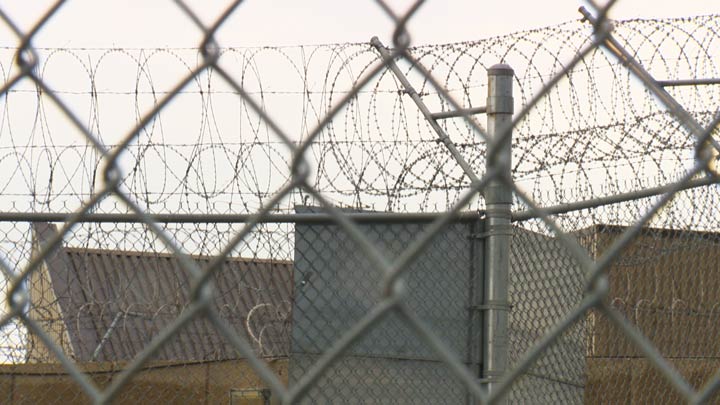OTTAWA – Canada’s prison watchdog is calling for tighter controls on the use of pepper spray in federal penitentiaries amid concerns correctional officers have taken to dousing inmates with the noxious repellent on a “routine” basis.

Pepper spray was used in 60 per cent of the incidents in which Correctional Service Canada officers used force last year, correctional investigator Howard Sapers said in his annual report on the state of Canada’s prisons and prisoners, released Monday.
That works out to more than 1,000 times — three times as often as five years ago.
READ MORE: Investigation underway after police officer pepper sprays 84-year-old woman
The increase was not the result of an increase in dangerous security incidents, said Sapers, who instead blamed the simple fact that pepper spray became standard equipment for correctional officers in September 2010.
As a result, officers are abandoning other interventions, such as simply talking to inmates, in favour of their spray cans.
“My review of use-of-force incidents at three maximum security institutions found that inflammatory agents have largely displaced verbal interventions and strategies to de-escalate conflict,” Sapers told a news conference.
“As an inmate compliance tool, the use of chemical and inflammatory agents in federal prisons has become routine.”
READ MORE: 4 people pepper sprayed in Tim Hortons parking lot in Pickering
Yet the increased use of pepper spray has not been matched with an increase in oversight, Sapers said. The existing policy gives correctional officers a great deal of discretion in terms of when and how the chemicals are used, and reporting requirements have actually been scaled back.
Previously, officers were required to file a report even when they simply threatened an inmate with chemicals like pepper spray, which is designed to temporarily blind, disorient and subdue a person. As of February, however, officers were only required to report actual use.
Police officers across Canada are still bound by the previous requirement, Sapers noted.
He also said there has not been any evidence to suggest the increased use of pepper spray has made federal penitentiaries safer, or reduced the number of security incidents.
Sapers called for tighter controls over when pepper spray and other chemicals can be used, as well as stricter reporting requirements.
Correctional Services Canada said it is reviewing its policies around the use and oversight of pepper spray and other chemicals and will report back in April.
Sapers said he was especially concerned about pepper spray being used in more than 40 per cent of security incidents in psychiatric hospitals where correctional officers had to use force.
“The treatment centres are penitentiaries, but they are also designed as hospitals,” he said.
“The people there are patients. So what we have is a situation where four times out of 10, when a patient is in crisis, and perhaps self-harming, they get pepper sprayed.”
The chemical was also used in half of incidents in which inmates were attempting to commit suicide or otherwise causing self-harm.



Comments